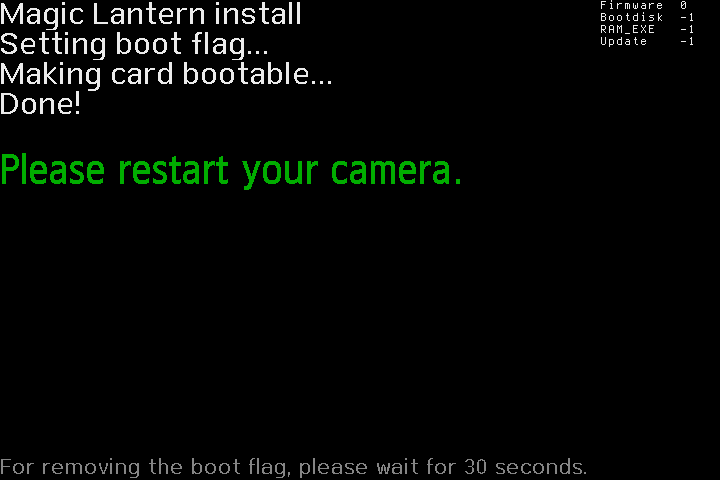https://bitbucket.org/hudson/magic-lantern/commits/e01856b86df6
Confirming the other comments on the commit from 'Gregory O'Connor', can't compile ML on OS X anymore due to missing `truncate` command.
Anybody figure out a work-around? I went macports last time I re-installed OS X (not brew) and it's kind of a big project to install brew (more work than practical just to install one thing).
Confirming the other comments on the commit from 'Gregory O'Connor', can't compile ML on OS X anymore due to missing `truncate` command.
Anybody figure out a work-around? I went macports last time I re-installed OS X (not brew) and it's kind of a big project to install brew (more work than practical just to install one thing).



















 Blink LEDs from user FIR file boot.
Blink LEDs from user FIR file boot.